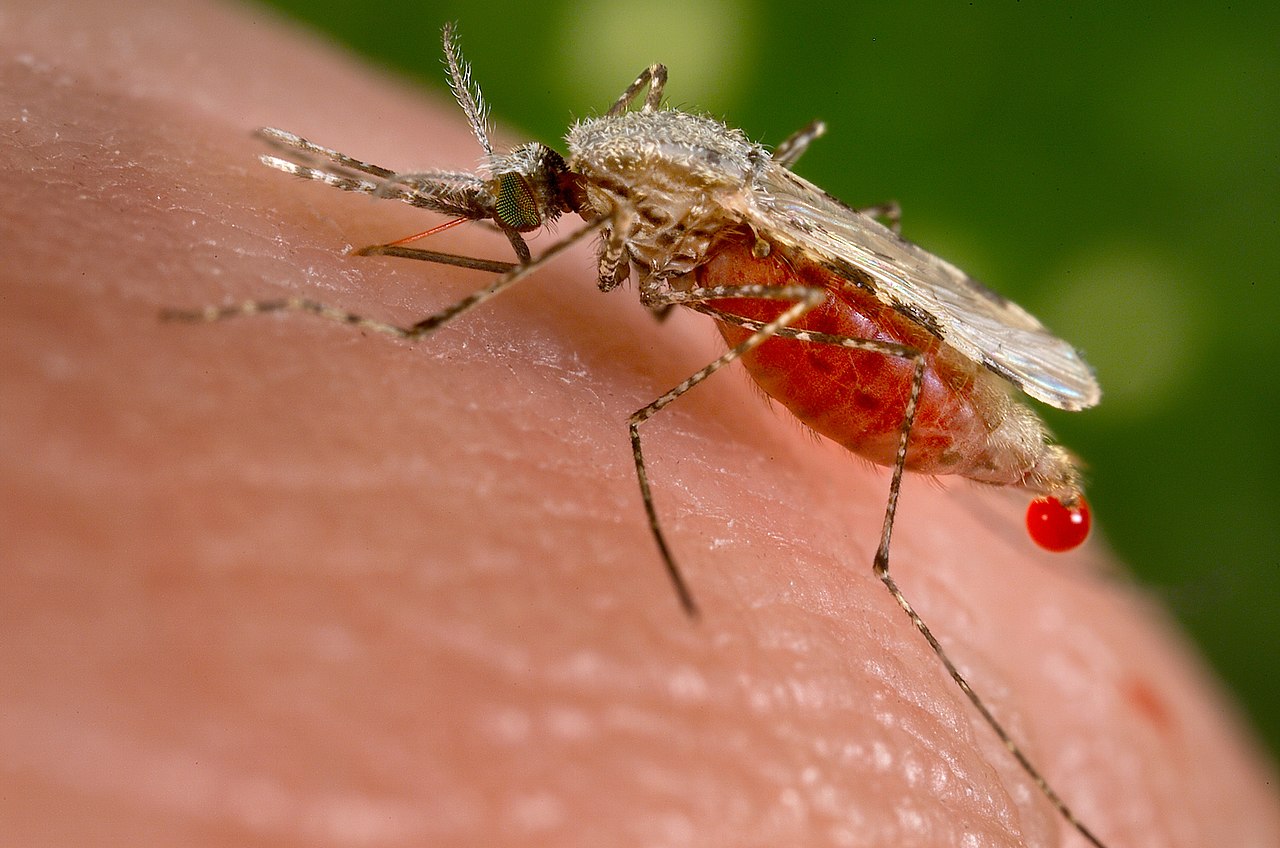
Gold prospecting in Venezuela has led to a malaria resurgence, however researchers have developed AI to take a chew out of the issue.
In Venezuela’s Bolivar state, deforestation for gold mining in waters has disturbed mosquito populations, that are biting miners and infecting them with the lethal parasite.
Venezuela was licensed as malaria-free in 1961 by the World Well being Group. It’s estimated that worldwide there have been 263 million instances of malaria and 597,000 deaths in 2023, in keeping with the WHO.
Within the Venezuelan outbreak, the realm affected is rural and has restricted entry to medical clinics, so detection with microscopy by educated professionals is missing.
However researchers on the intersection of medication and expertise have tapped AI and NVIDIA GPUs to give you an answer. They not too long ago revealed a paper in Nature, describing the event of a convolutional neural community (CNN) for robotically detecting malaria parasites in blood samples.
“Sooner or later in Venezuela, malaria was nearly eradicated,” mentioned 25-year-old Diego Ramos-Briceño, who has a bachelor’s in engineering that he earned whereas additionally pursuing a doctorate in medication. “I consider it was round 135,000 instances final yr.”
Figuring out Malaria Parasites in Blood Samples
The researchers — Ramos-Briceño, Alessandro Flammia-D’Aleo, Gerardo Fernández-López, Fhabián Carrión-Nessi and David Forero-Peña — used the CNN to establish Plasmodium falciparum and Plasmodium vivax in thick blood smears, attaining 99.51% accuracy.
To develop the mannequin, the workforce acquired a dataset of 5,941 labeled thick blood smear microscope photographs from the Chittagong Medical School Hospital, in Bangladesh. They processed this dataset to create practically 190,000 labeled photographs.
“What we wished for the neural community to study is the morphology of the parasite, so from out of the practically 6,000 microscope degree photographs, we extracted each single parasite, and from all that information augmentation and segmentation, we ended up having nearly 190,000 photographs for mannequin coaching,” mentioned Ramos-Briceño.
The mannequin comes as conventional microscopy strategies are additionally challenged by limitations in accuracy and consistency, in keeping with the analysis paper.
Harnessing Gaming GPUs and CUDA for Mannequin Coaching, Inference
To run mannequin coaching, the malaria paper’s workforce tapped into an RTX 3060 GPU from a pc science trainer mentoring their analysis.
“We used PyTorch Lightning with NVIDIA CUDA acceleration that enabled us to do environment friendly parallel computation that considerably sped up the matrix operations and the preparations of the neural community in contrast with what a CPU would have achieved,” mentioned Ramos-Briceño.
For inference, malaria determinations from blood samples may be made inside a number of seconds, he mentioned, utilizing such GPUs.
Clinics missing educated microscopists may use the mannequin and introduce their very own information for switch studying in order that the mannequin performs optimally with the sorts of photographs they submit, dealing with the lighting circumstances and different elements, he mentioned.
“For communities which are distant from the city setting, the place there’s extra entry to assets, this might be a technique to strategy the malaria drawback,” mentioned Ramos-Briceño.